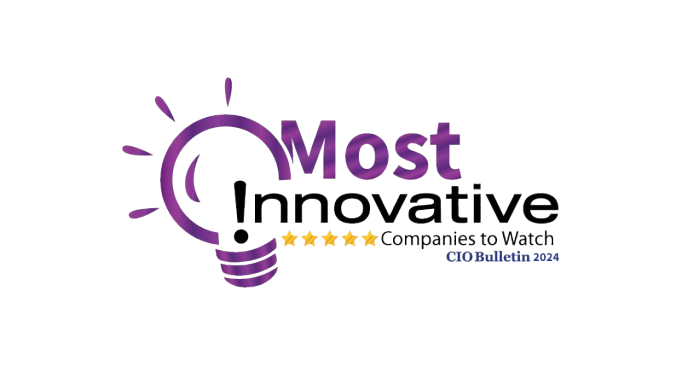How to Execute Account-Based Marketing (ABM) with HubSpot: A Proven ROI Guide
Account-Based Marketing (ABM) is a strategic approach that focuses on targeting specific accounts as markets of one, allowing businesses to tailor their marketing efforts and resources to high-value clients. When executed effectively, ABM can significantly enhance your marketing ROI by ensuring your efforts are laser-focused on the accounts most likely to drive revenue. At Proven ROI, we've seen how leveraging tools like HubSpot can streamline and optimize ABM strategies. Here's a step-by-step guide to executing ABM with HubSpot.
1. Understanding the Basics of ABM
Before diving into the execution, it’s crucial to understand the fundamentals of ABM. Unlike traditional marketing strategies that cast a wide net, ABM targets a select group of high-value accounts. This involves:
- Identifying key accounts that align with your ideal customer profile (ICP)
- Creating personalized marketing campaigns tailored to the specific needs and pain points of these accounts
- Aligning marketing and sales teams to ensure cohesive and consistent messaging
2. Setting Up Your ABM Strategy in HubSpot
HubSpot offers a suite of tools specifically designed to facilitate ABM. To get started, follow these steps:
Define Your Ideal Customer Profile (ICP)
Your ICP should include detailed characteristics of the companies you want to target, such as industry, company size, location, and revenue. Use HubSpot’s CRM to segment your existing customer database and identify common traits among your most successful clients.
Identify Target Accounts
Using your ICP, identify potential high-value accounts. HubSpot's ABM tool allows you to tag these accounts and categorize them as "Target Accounts." This helps in tracking and managing your ABM efforts effectively.
3. Personalizing Your Content and Messaging
Personalization is the cornerstone of a successful ABM strategy. HubSpot enables you to create tailored content and messaging for each target account.
Custom Landing Pages and Email Campaigns
Use HubSpot’s CMS to create custom landing pages designed specifically for your target accounts. These pages should address the unique needs and challenges of the account, providing relevant solutions. Similarly, craft personalized email campaigns that speak directly to the decision-makers within these accounts.
Dynamic Content and Smart CTAs
Leverage HubSpot’s dynamic content and smart CTAs (calls-to-action) to personalize your website experience for target accounts. This ensures that visitors from these accounts see content and offers tailored to their specific interests and needs.
4. Aligning Marketing and Sales Teams
ABM requires tight alignment between your marketing and sales teams. HubSpot’s CRM and sales tools facilitate seamless collaboration.
Shared Account Plans
Create shared account plans in HubSpot that detail the strategy for each target account. This includes identifying key stakeholders, setting goals, and outlining the steps needed to engage and convert the account.
Communication and Workflow Automation
Use HubSpot’s workflow automation to ensure consistent communication and follow-ups. Automated workflows can help assign tasks, send notifications, and track engagement with target accounts.
5. Engaging Target Accounts with Multi-Channel Campaigns
ABM is most effective when you engage target accounts across multiple channels. HubSpot supports a range of channels to help you reach your audience wherever they are.
Social Media and Paid Advertising
Leverage HubSpot’s integration with social media platforms to create targeted ads for your high-value accounts. Additionally, use paid advertising to retarget these accounts with personalized content and offers.
Content Marketing and SEO
Produce high-quality content that addresses the specific needs of your target accounts. Use HubSpot’s SEO tools to optimize this content and ensure it reaches your intended audience.
6. Measuring and Optimizing Your ABM Efforts
Continuous measurement and optimization are crucial for ABM success. HubSpot provides robust analytics and reporting tools to help you track and improve your ABM campaigns.
Key Metrics and KPIs
Identify the key metrics and KPIs that indicate the success of your ABM efforts. These may include engagement rates, pipeline velocity, deal size, and customer lifetime value.
Regular Reviews and Adjustments
Regularly review your ABM campaigns and adjust your strategy based on the insights gained. HubSpot’s reporting tools allow you to analyze the performance of individual accounts and campaigns, enabling data-driven decision-making.
Conclusion
Executing ABM with HubSpot can significantly enhance your marketing ROI by allowing you to focus your efforts on high-value accounts. By defining your ICP, personalizing your content, aligning your marketing and sales teams, engaging through multiple channels, and continuously measuring and optimizing your efforts, you can create a powerful ABM strategy that drives tangible results.
At Proven ROI, we specialize in helping businesses implement effective ABM strategies using tools like HubSpot. Contact us today to learn how we can help you achieve your marketing goals.
Featured Resources
Check Our Latest Resources




